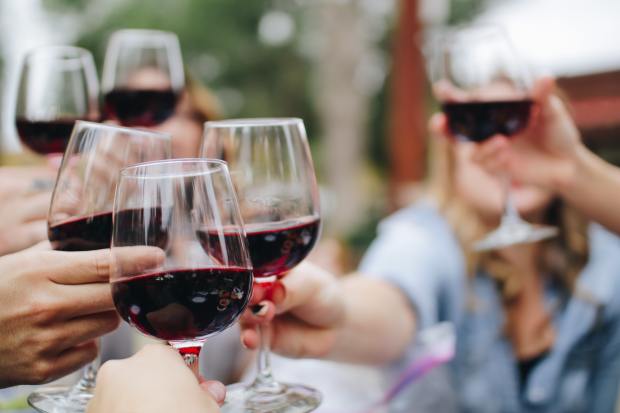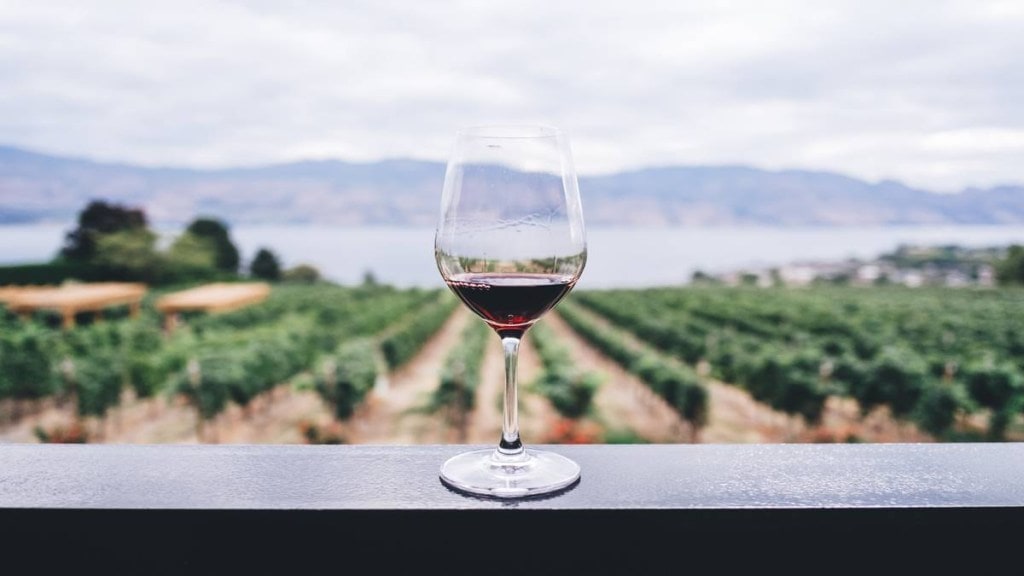Whether you are a beginner or a collector of fine wines, you want to ensure what you’re purchasing is of consistently high quality – Each wine you are adding to your bar should meet a minimum level of quality, and each should be exceptional.
If you want to kick-start your ongoing exploration of wine, we’ve got you covered. We got in touch with Gokul Kurhade, Winemaker, Chateau Indage, and here’s what he has to say. Excerpts from the interview:
Explain what kind of food should go with wine.
While there’s no universal rule to follow, knowing the basics helps. It’s factors like the level of acidity, dryness, and the percentage of tannin that better help determines the best combinations. For instance, the tannin present in red wine softens the proteins in red meat, making it a good pair as it helps enhance the flavours. Then we have white wine that suits well with light meat like fish and chicken. There are different methods for this.
We have what is called “Congruent Pairing” that matches food and wine sharing mutual compounds and flavours, for example, sweet wine and a sweet dish. Then there’s another “Complementary Pairing” where both complement each other with their contrasting flavours.

How to know if the wine is of the finest quality?
There are different keys to knowing a good wine from a low-quality one. The finest wines are usually a perfect blend of sweetness, minerals, acidity, and alcohol, depending on their category. Anything in excess is enough to make it unpleasant. If you think a certain dry or sweet taste is pleasant, it means the components are well-balanced. The measure of complexity is another option. One usually takes longer to identify the flavours when it comes to high-end wines. They tend to be more complex in nature due to better fermentation. Then there’s typicity, which defines how typical wine is of its type. Not to forget other factors like colour, smell (aroma), and clarity that are clear indicators of the quality. However, quality of wine definition can vary from person to person, wine should not contain any sort of fault in terms of smell and taste.
What’s the significance? How does wine get the taste?
Wines are a blend of different compounds and multiple aromas that are responsible for the final taste. The aromas, being lighter than air tend to easily evaporate and escape the glass, merging the information on taste and smell together with the ones you already know. Overall, the slight flavours of the grapes are enough to cause your brain to sense additional fruit flavours without a trace of their actual presence in the wine. The quality of fruit used for making wines and wine-making techniques used with perfection will generally reflect good quality wine taste.

How does the glass help in changing the taste (experience)?
The shape, stem, material, and even the base of a wine glass play an important role in one’s wine-tasting experience. This is exactly why sparkling wines are served in a glass that is different from that of a merlot or a rosé. This is because wine tasting is more about smelling than drinking and so the wider the glass, more the aromatic compounds you capture. Smaller bowls make it difficult for the aroma to escape the glass, which in turn makes the overall taste numb.
What are the 2023 wine trends?
From the many, I believe it’s the rise in the sales of sparkling wines. Today it is no more reserved just for special occasions and there has been a hike in the demand for it. We’re also today finding our customers to be well-interested in knowing the what, where, and how’s of wine-making. This makes going local the next big thing with more people wanting an in-person experience. Also, the growing fondness for wines from lesser-known native regions makes indigenous grapes more popular than ever. Sangrias and wine cocktails too are taking over the spotlight due to their health benefits and the demand will certainly boom in 2023.








